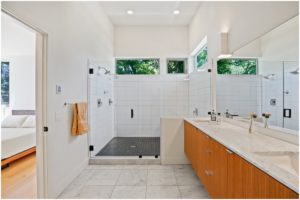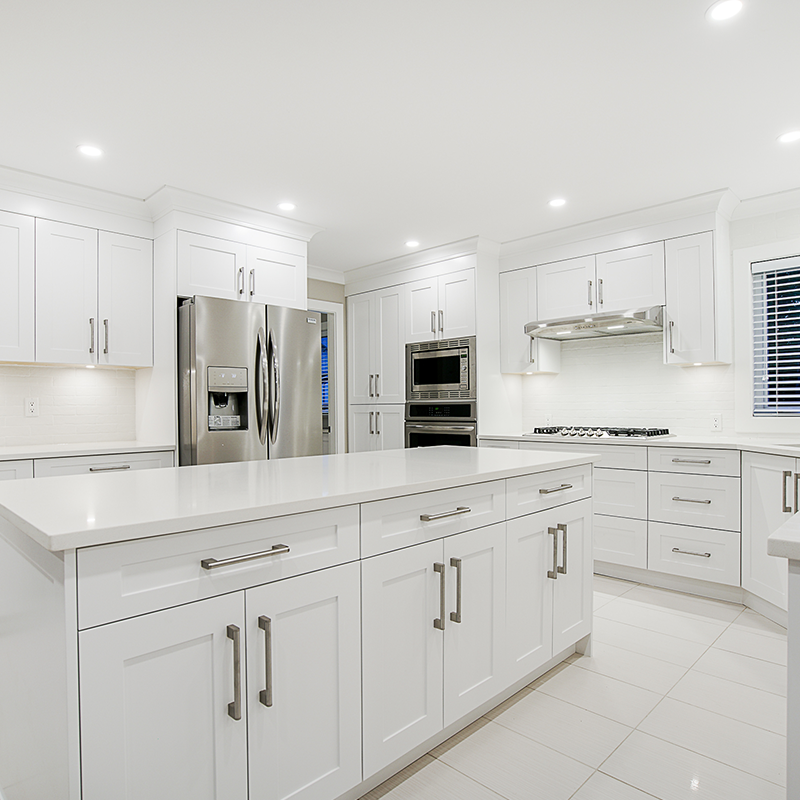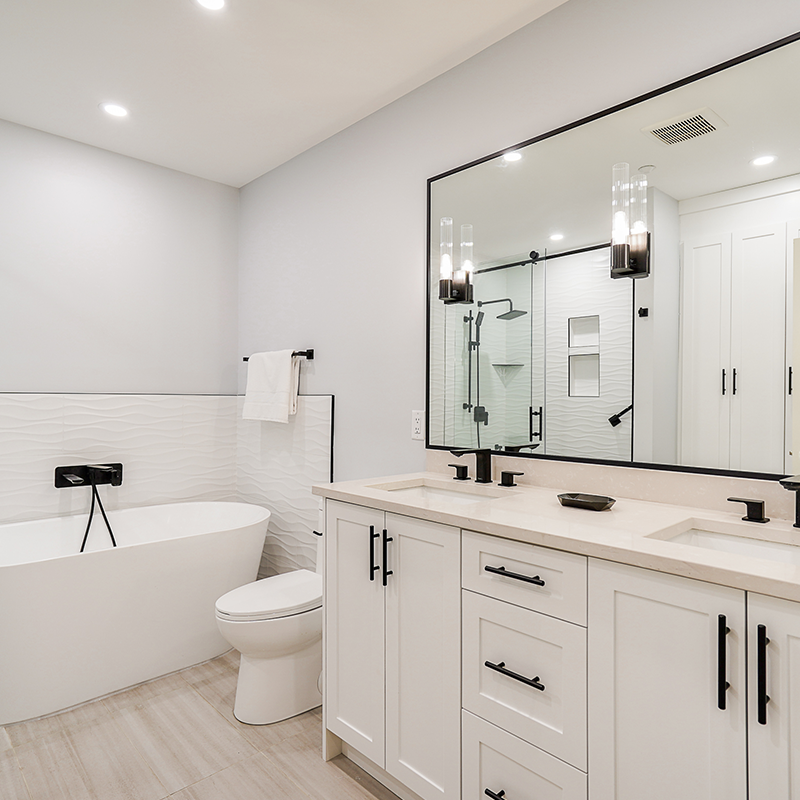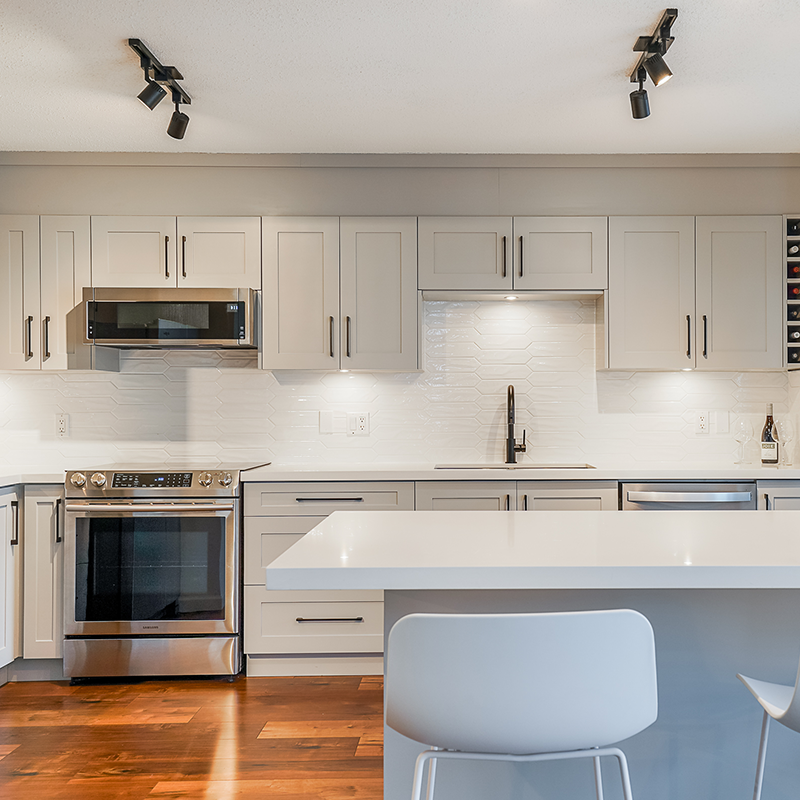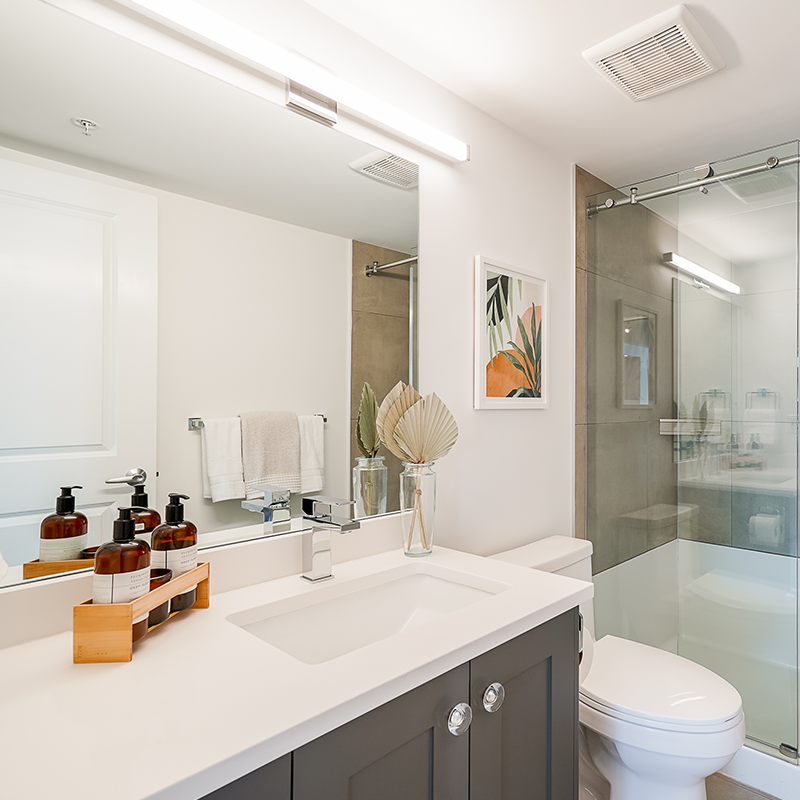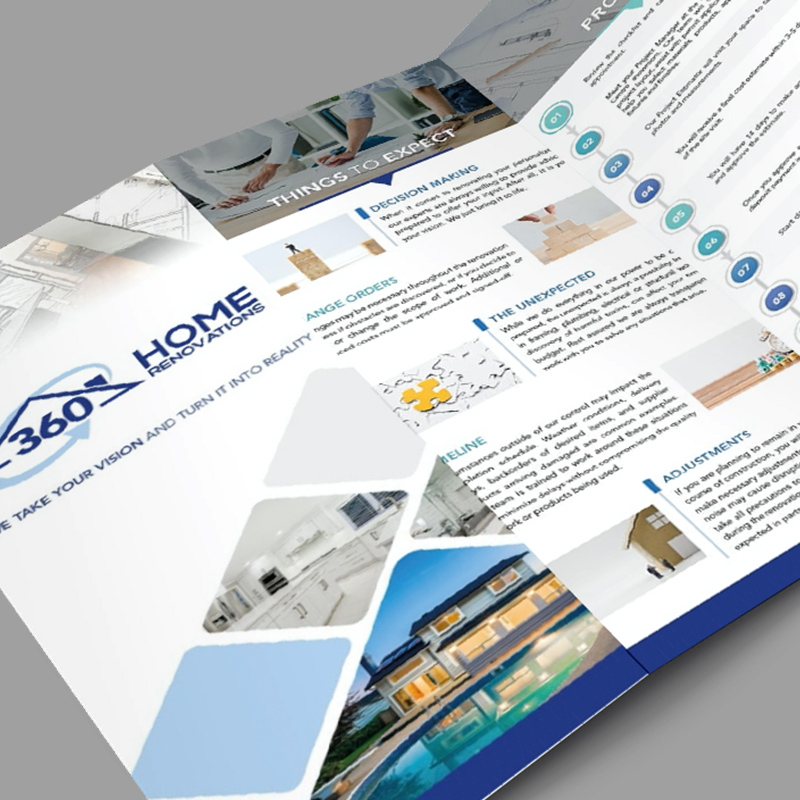
1. Set a realistic timeline
Make sure all procurement and fabrication are completed 100% prior to the construction start date. Keep an open mind in terms of project specifications. Supply delays are an industry-wide issue at the moment. – Quay Construction2. Practicality trumps design
I have had several customers that want to include a shower with a “drop-in” bathtub. This can create a ledge for water to accumulate. Many believe that caulking will prevent a costly leak, however, eventually, that caulk will fail and water will find its way below. – Al Bourgeois Plumbing3. Don’t let the existing configuration limit potential layouts
The notion that moving plumbing isn’t possible or is too expensive actually isn’t true. The overall plumbing costs are about 10 % to 15% of the overall costs of a bathroom remodel so, don’t let this hinder you from choosing the right layout. – Larry Jensen, Owner of SL Jensen4. Don’t forget to change your shutoff valves
The lifespan of the main shut-off valve is usually about 10 to 25 years, so right around the same time you decide to renovate your bathroom you have to change your main shut-off valves. This complex procedure requires total shutdown of the riser from the basement of the building for the time your plumber needs to change the valves for a new one, but don’t worry for an experienced company this is a day-to-day routine. – Moose Condo Reno
5. Be sure to get an asbestos test done to avoid confrontations with hazardous material
The last thing anyone wants is to break down a wall and find themselves knee-deep in this stuff. Better safe than sorry. – Iraca Group6. Choose appliances that make cleaning easy
We suggest getting a skirted toilet as it is less likely to accumulate dust and gunk. For sinks, opt for a wall-mounted faucet. Since it doesn’t have a base, it won’t gather dirt and gunk after a few days. – Payless Bathroom Makeover7. Apply a waterproof membrane
Replacing a tub or basin and the surrounding flooring? Always apply a waterproof membrane over the boarding, before the tiling. The board itself should be 100% waterproof to avoid moisture (which could result in mold) from seeping through any cracks in the tile or flooring. Standard plasterboards may claim to be water-resistant, but aren’t 100% waterproof. – 360 Home RenovationsOriginally published on Redfin.com


